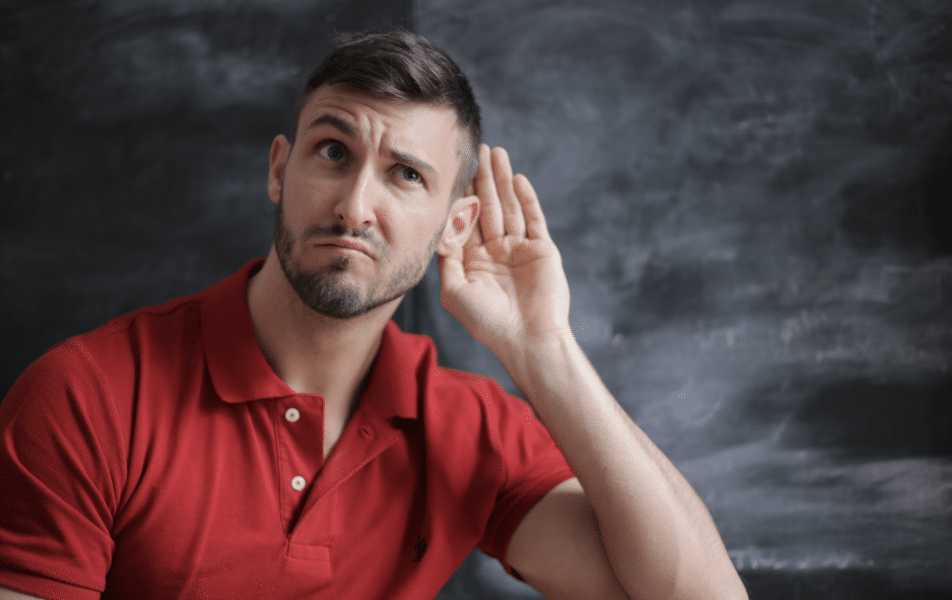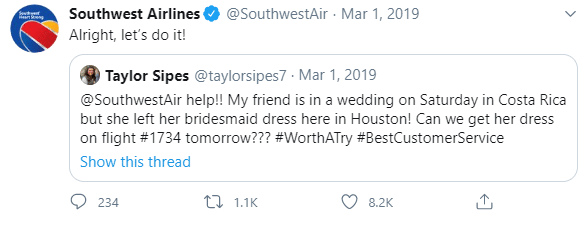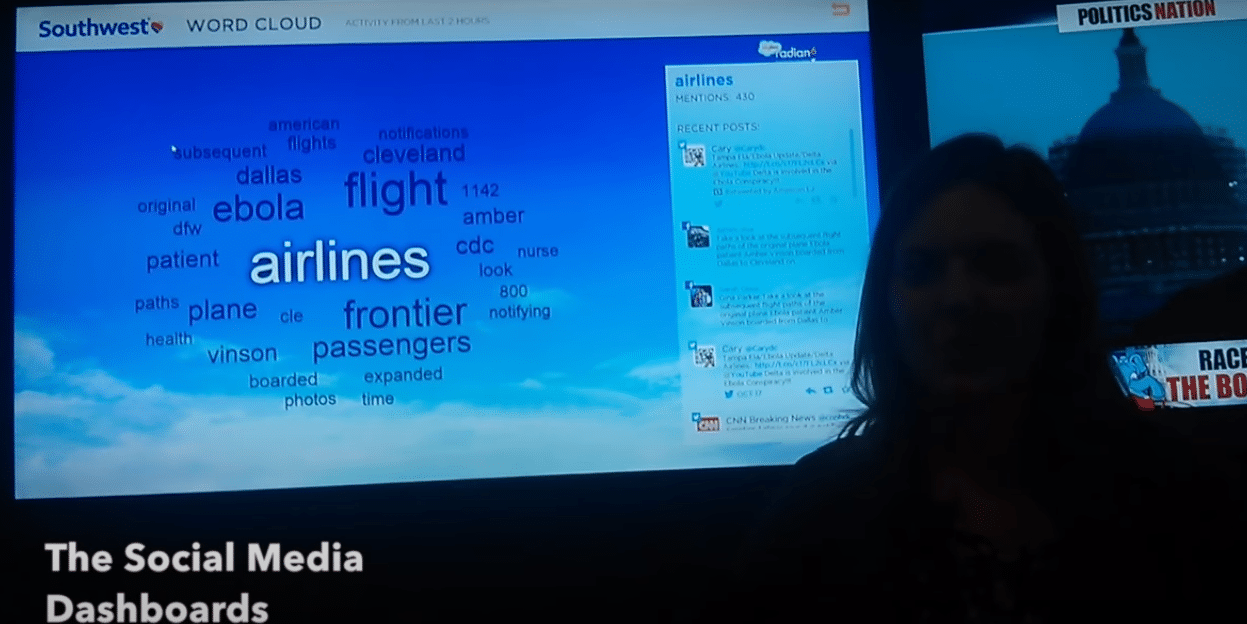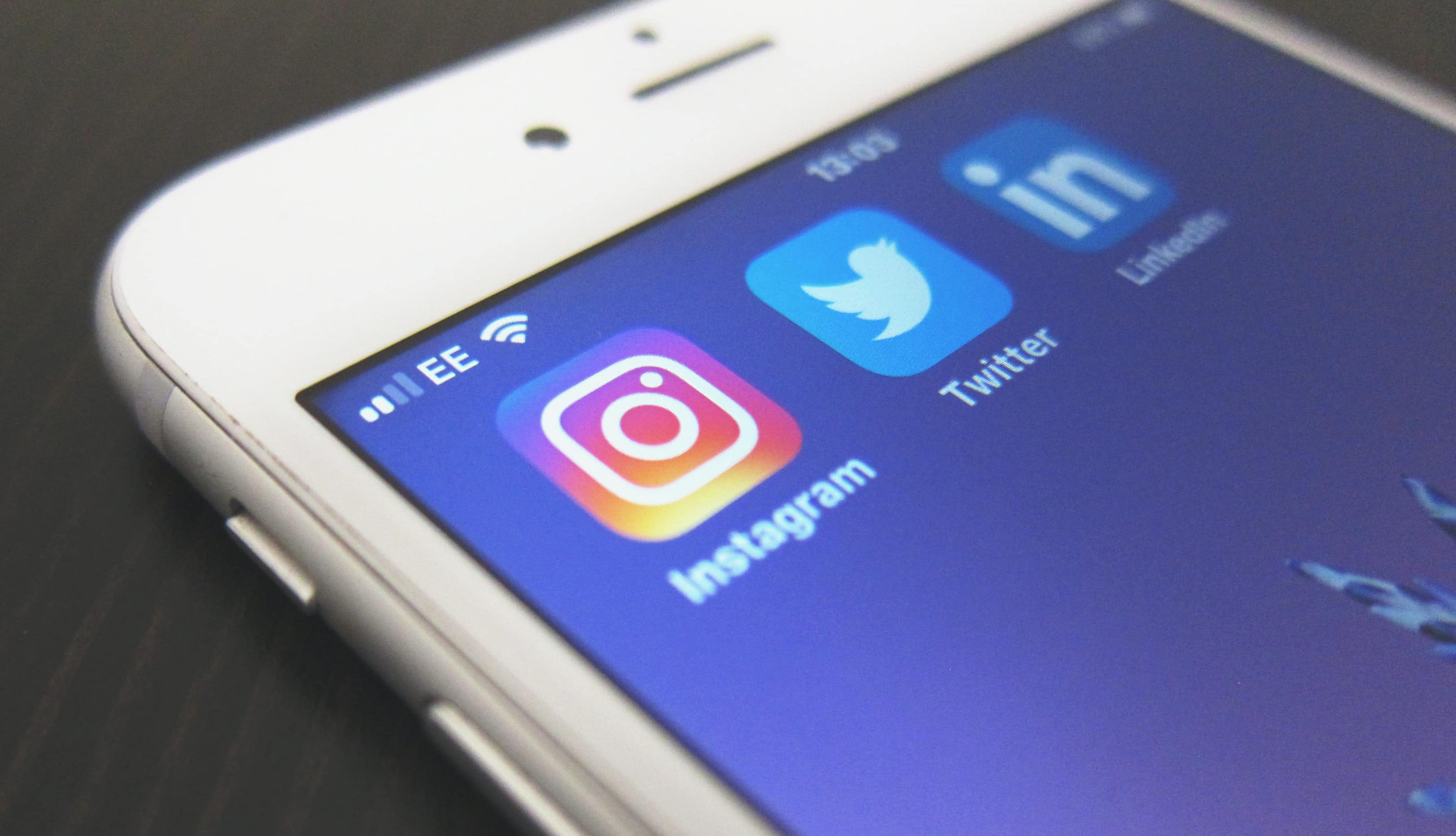Online Reputation Management for Hotels
The importance of online reputation management for hotels can not be overstated. This industry thrives by providing better customer service every day. What would it convey about a hotel’s service if its online reputation were to take a dip? And this concept of online reputation management isn’t new, so technically every hotel brand should have a strategy in place. If you don’t, you can start now using some of the upcoming tips.
Why is Online Reputation Management Important for Hotels?
People would argue that hospitality has more to do with the physical form of customer service than others. Think again! When was the last time you received a major number of bookings where the customer was physically present? How many customers visit you physically to inquire about services and charges? Most of these activities have shifted to the online realm. Online presence has also become increasingly important in the current situation with some parts of the world under physical lockdown with no major tourist activity.
Digitization has been a big change for the hospitality industry and it is not new. People have used the internet to search for good places to stay at, they have used the internet to make inquiries et cetera. The only difference is now online reviews are readily available for almost any place. A search for your hotel will bring up all previous reviews written by other customers. Also, your potential customers follow your social media pages or the news around your brand. They keep a check on all the activities you are doing, especially the ones which draw negative remarks online. Hence, it is important to maintain a pristine image online if you are keen on getting the chance to host your future customers.
If you don’t believe us, trust these statistics from the world of travelers who share their opinions online:
- 38% of people who booked hotels are of the opinion that positive hotel reviews are an incentive to stay at a particular independent hotel.
- If a hotel manages to increase its rating by 1 point (on a 5 point scale), it can increase its prices by 11.2% and still maintain the same market share.
Can Technology Help Hotels Manage their Online Reputation?
Technology has been helping hotel owners to promote their brand while helping their customers to search for the best place to stay at. Websites and apps like Yelp, TripAdvisor, Expedia et cetera have been helping hotels advertise to the audience. These aggregator apps also support guest reviews based on factors like service, ambiance, customer experience et cetera. So when a customer goes online to book a hotel, they do read through the reviews people have posted for a hotel.
And this is only one of the sources that help customers make a purchase decision. They also look for recommendations online on social media platforms. Facebook has an “asking for recommendations” feature as well. This is where the online community is discussing their worst and best hotel experiences.
This information is fluid, and this is where technology again steps in to help the hospitality industry. It is impossible for a person to manually go through each conversation happening online. Social listening and ORM tools assemble reviews and relevant data points for you.
What to Look for in an ORM Tool?
The smart way to get the most out of your online reputation management tool is to use one which provides multiple services. Data points can provide a multitude of different insights for your business. Make sure you find a tool that serves all these needs. Here are some pointers about things you should consider in an ORM tool:
- Your ORM tool helps you assemble reviews and mentions from all leading social media and review platforms. You cannot afford to miss any of these mentions/reviews because even one negative review could be detrimental to your brand image.
- The tool should be able to analyze your online performance (in terms of visibility, band image, SOV, etc) over a period of time. Using historical data improves the accuracy of the insights drawn and thus helps you make better decisions.
- Provides a simple and effective gateway to raise a ticket and respond to guests. The system should have a suggested response template that helps you with this task.
- The overall ease of tracking is the most important. You should be able to understand the data quickly. Most dashboards make use of graphs, emoji faces, word clouds et cetera to make the data easier to comprehend.
ORM tools like social listening help you further understand the demographics and dive deeper into the data to find the pain points. If you own a chain of hotels, it might show you that a particular branch is trending but not for a good reason. If you delve deeper into the word cloud and subsequent reviews you might find that people are complaining about the concierge service. You can now pinpoint the problem for resolution and for the information of your management. Big hotel chains need such a cluster view for proper administration when they have operations running at multiple locations and this is where artificial intelligence can help. For example, if Taj has 50 hotels in the country, tools like Auris can monitor their Google My Business reviews/Tripadvisor reviews all at once and respond to these as well.












